The Calm after the Steorn
Mark Honeychurch - 5th August 2024
Those of you who have been skeptically-minded for a while now may remember an Irish company called Steorn who had been promising since the early 2000s that they could make free energy. Back in 2006 they even took out a full page advert in the Economist, which used the Galileo Gambit and said:
_“All great truths begin as blasphemies” - George Bernard Shaw
Imagine
A world with an infinite supply of pure energy
Never having to recharge your phone
Never having to refuel your car
Welcome to our world
At Steorn we have developed a technology that produces free, clean and constant energy. Our technology has been independently validated by engineers and scientists - always behind closed doors, always off the record, always proven to work.
The challenge
We are therefore issuing a challenge to the scientific community; test our technology and report your findings to the world.
We are seeking a jury of twelve - the most qualified and the most cynical.
Get involved. Register at www.steorn.com_

The media furore around this company died down pretty quickly after this initial grandiose claim was made, although there have been updates over the years reported in the occasional new outlet - mainly the Irish Times.
In 2009 the technical jury that Steorn had convened, which ended up consisting of 22 experts in various fields, unanimously proclaimed that “Steorn’s attempts to demonstrate the claim have not shown the production of energy”. An early demonstration of the technology failed, with hand-waving excuses about the lighting being wrong at the site the device was installed in.
However, Steorn had been taking investors’ money for years by this point, and Steorn’s CEO, Sean McCarthy (who also sometimes uses the spelling “Shaun”), seemed to be a True Believer in his technology’s ability to change the world. So this damning verdict from professionals, and the early failure in real-world tests, didn’t stop the company from trying to produce and market products based on a flawed understanding of how physics works.
In 2015, at a weird choice of venue - Slattery’s Pub, in Dublin - Steorn showcased its new Orbo battery bank, called the OCube, with the only fanfare being a post on Slattery’s Facebook page announcing:
“Come down to Slattery’s Pub this week and witness this Black Beauty charge ppl phones or laptops without ever needing a recharge or external power source. Orbo’s Power Cube is real magic.”
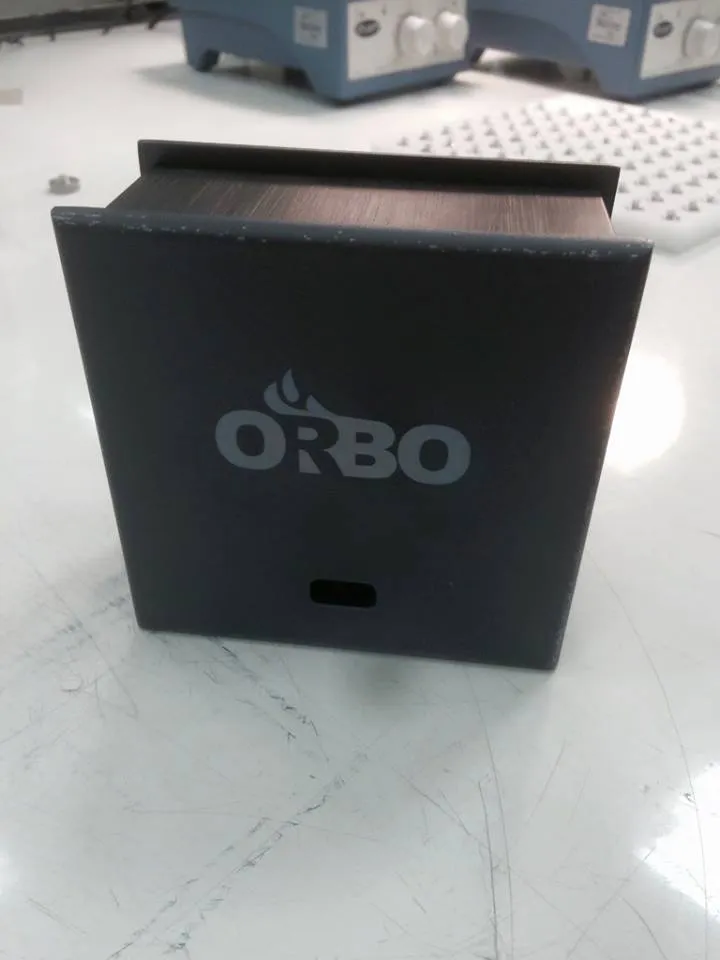
This was a box containing the Orbo technology, along with a lithium ion battery, that could charge a USB device. Yes, you read that right, a battery in an over-unity device - that sounds a lot like cheating, doesn’t it! However, the battery was apparently only there to allow rapid charging of a mobile phone or other device, while the active Orbo component inside the case slowly trickle-charged the lithium battery until it was full again.
I used to have a work colleague who had built a free energy machine from the spindle of a hard drive, some wire, and magnets. When he showed it to me, I pointed out that he appeared to have attached a battery to the device, and the battery was likely what was making it rotate rather than his invention being a miraculous example of perpetual motion. His response was that the battery was just there to “smooth out the current”. When I add this anecdote to countless free energy videos on YouTube and Facebook showing homemade contraptions, it’s something of a joke that an all-too commonplace feature of these devices is the inclusion of at least one battery - or, failing that, a large capacitor. And, of course, if you don’t see a battery or other power source connected to a perpetual motion device, you can be pretty confident that the crank who’s made the device has invented an ingenious way of hiding it from view. After all, there’s no such thing as a free lunch.
As well as a bold proclamation through advertising in the run-up to release of Steorn’s device that “The Battery Is Dead”, in an interview with the Irish Times Sean said:
“We found that we could slow down and speed up electro-magnetic fields, which traditionally should travel at the speed of light, and when we did that we got these energy anomalies … we think we’re converting time into energy”
“it’s not degrading or drawing on any known energy source but then there are vast swathes of energy that we call dark energy in scientific terms”
It seems obvious to anyone with a basic grasp of physics that this is just word salad - as if the company was clutching at straws, trying to come up with sciencey-sounding explanations that might seem plausible to a lay audience.
The long-term goal of Steorn was to create enough buzz that they could start to licence the technology to other companies, and then they would no longer have to make any hardware at all. I imagine it would have been a dream of Sean’s to be able to get rid of all the hassles they were having making their technology work reliably in production - high failure rates, inconsistent results, and a repeated need to re-design the hardware - so that they could instead focus on the “innovation” they loved doing with their oscilloscopes, voltmeters, magnets and metallic strips. It seems to have never occurred to him that the more obvious explanation for all the failures they were seeing was that the device would never work simply because it could never work - you can’t just break the laws of physics, no matter how profit-driven you are.
Steorn took pre-orders for this battery, employing “guerrilla” viral marketing companies to attempt to create a buzz around the product on the cheap. The device was eventually re-imagined in the shape of a skull for its (very limited) production release, making the “OCube” name a little nonsensical now that it was no longer a cube. I’d have to guess that this change in design was part of the guerrilla marketing scheme - no, not because it kind of looks like a monkey, but because something edgy and colourful would be more likely to appeal to the young people that Steorn was hoping to gain brand loyalty and social media “buzz” from.
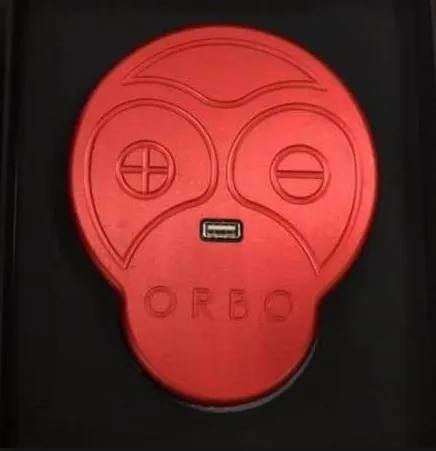
CEO Sean loved the idea that skeptics and scientists hated his claims and his company, and thought that by maintaining a high level of secrecy (with absolutely no website or social media presence), deliberate leaks and well-planted rumours would be enough to drive the company’s marketing and sell out the first run of a few thousand units immediately.
However, things went from bad to worse for the company. As well as the lithium battery, it was eventually admitted in a Steorn video that the production hardware also contained two 9 volt batteries. These were apparently a “voltage reference source”, included to “provide a voltage, a permanent electric field” but “provide virtually no current”. Yeah, right.
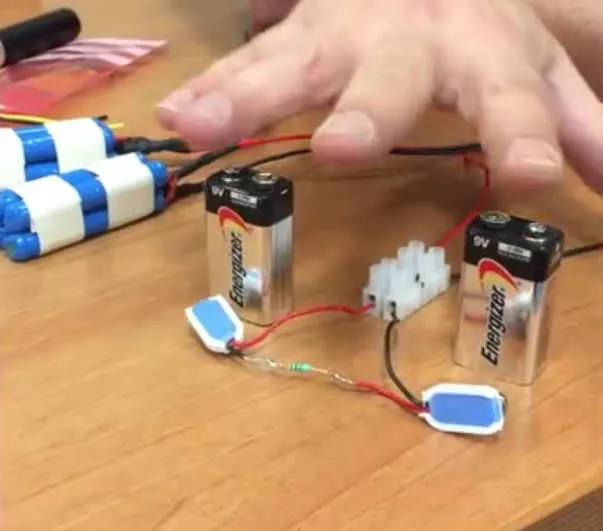
It was hard for Steorn’s few customers to verify any of this, as the case had been firmly glued shut as well as having screws holding it together, and the inside had also been filled with resin to obfuscate its contents:
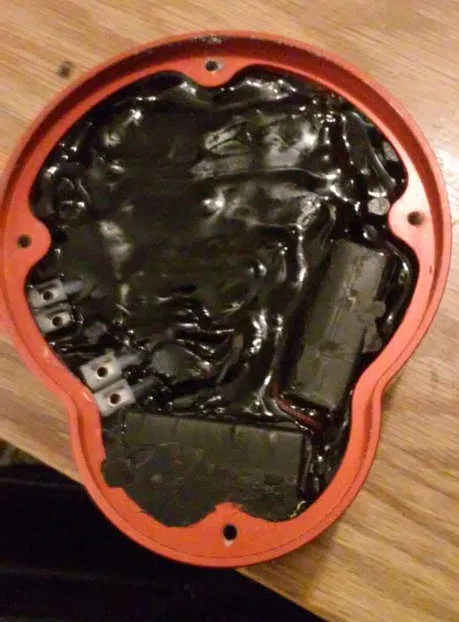
Of course, the release not only failed to deliver on its promise of going “viral”, but it was also plagued with issues - not many units were actually delivered, and the ones that were had a variety of faults, including an immediate failure rate estimated by the company to be 40%, even higher than the 25% rate the company predicted. However the real failure rate presumably reached 100% as the batteries inside the devices were exhausted (along with whatever small amount of power may have incidentally been generated by the magnets, metal strips and “specialised material” that made up the Orbo component).
The company was eventually forced to recall what little hardware it had shipped out to gullible/inquisitive consumers, because they were consistently failing. The few cheap OPhones that had been shipped out to customers also seem to have suffered a similar failure rate of ~100%.
Not long after these disastrous first product releases, in 2017, the company went into liquidation - a process that finally completed in May of this year. Deloittes wrapped everything up, presumably telling the investors who poured an estimated €20 million or more into the company that there was nothing left for them. The patents that Steorn owned turned out to be of interest to nobody, and there was hardly anything left to sell at auction - maybe some keen skeptical collector or other would have been interested in buying an empty aluminium OCube case, but I doubt it.
A book came out back in 2020 about the debacle, written by Barry Whyte from the Irish Times, which concludes that Sean was not a deliberate con-man, just an overly-confident entrepreneur who was ignorant of science. The liquidators hadn’t found any missing investor money - it had all been accounted for, spent on salaries, rent, prototype hardware, electronic equipment, manufacturing of the failed OCube power bank, etc.
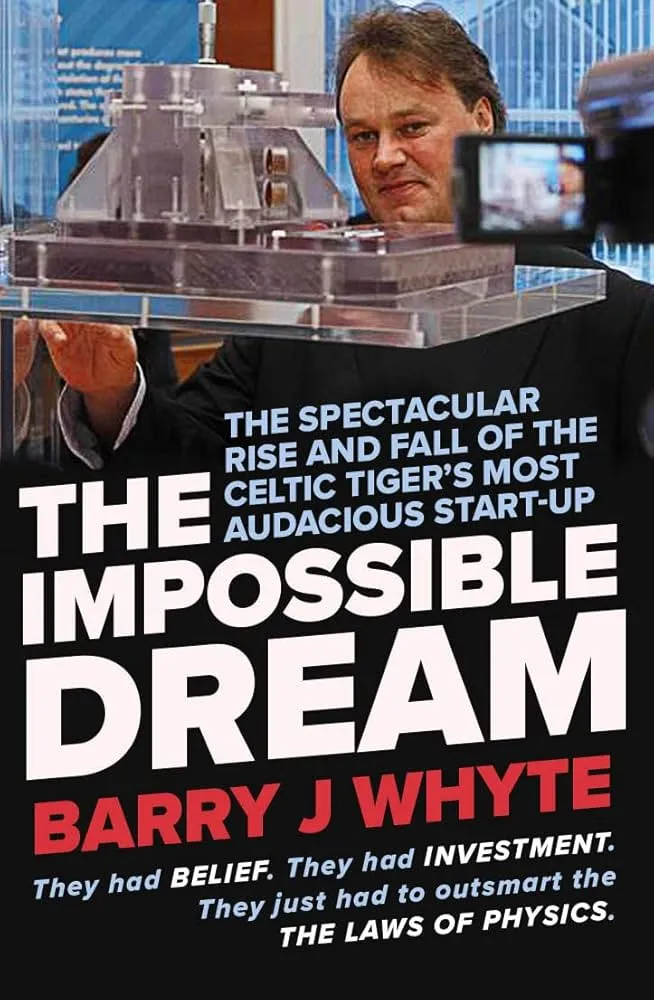
If you want to know more, Michael Ferrier has documented the history of Steorn from 2007 onwards in a blog called Dispatches from the Future, where he also keeps an eye on Steorn’s spin-off companies, such as HephaHeat (which promised over-unity water heating to its customers), and Sean’s new cryptocurrency venture Suthain, which he’s been using as a vehicle to make bold new claims about being able to generate free energy - expected for release at some point in the next 20 years. Apparently Steorn’s investors have also all been given shares in the new company, so I hope they’re preparing themselves for another let-down when Sean again fails to deliver.
Sean also apparently makes money these days playing online poker - I guess there are some uses for having an over-inflated ego and being able to bluff when there are overwhelming odds against you.